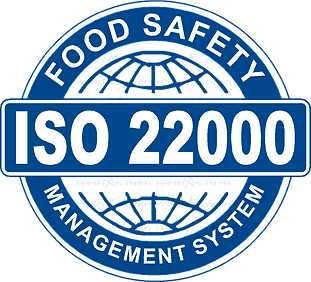
ISO 22000 Food Safety Management System Standard
ISO 22000 is a food safety management system standard issued by the International Organization for Standardization (ISO) and applies to all links of the food supply chain, including production, processing, transportation and sales.

produce

Processing

Transport

Sales
Benefits of getting certified
Obtaining HACCP or ISO 22000 certification demonstrates commitment to food safety. Obtaining ISO certification further demonstrates that the organization complies with the laws and regulations applicable to food safety and meets the agreed customer requirements related to food safety, thereby increasing credibility and strengthening the global competitiveness of the business.
Food premises in Hong Kong that have fully implemented ISO 22000 and hold a valid ISO 22000 certificate issued by a certification body may apply for certification through the “Revised Inspection System for Licensed Food Premises”.

ISO 22000 Key Clauses and Requirements
The standard structure follows the ISO High-Level Structure (HLS) and includes the following key points:
(1) Organizational environment and leadership identification: internal and external factors (such as regulations and consumer demand).
Senior management must commit to food safety policies and allocate resources.
(2) Risk thinking to assess food safety risks and operational risks (such as supply chain disruptions).
(3) Operational Prerequisite Programs (PRPs)
Establish basic hygiene conditions (such as factory design, cleaning procedures), similar to GMP (Good Manufacturing Practice).
(4) Conduct hazard analysis in the HACCP plan to determine critical control points (CCPs) and monitoring methods (such as temperature and time).
(5) Emergency preparedness and traceability: Develop emergency plans for food recalls, contamination incidents, etc.
Ensure product traceability (e.g. batch records).
(6) Monitoring and verification: Regularly check the effectiveness of CCPs and PRPs (such as microbiological testing and equipment calibration).
Internal Audit and Management Review.
(7) Internal and external communications (such as supplier specifications and customer complaint handling).

About HACCP Plan
Conduct hazard analysis, identify critical control points (CCPs) and monitoring methods

HACCP covers all stages in the food supply chain, from production and processing to distribution and consumption. Implementing a HACCP system involves a series of procedures, starting with the establishment of a HACCP team, a detailed description of the product and its intended use, the preparation of a production flow chart and verification of its accuracy at the operating site. These initial procedures lay the foundation for the implementation of the seven basic principles.